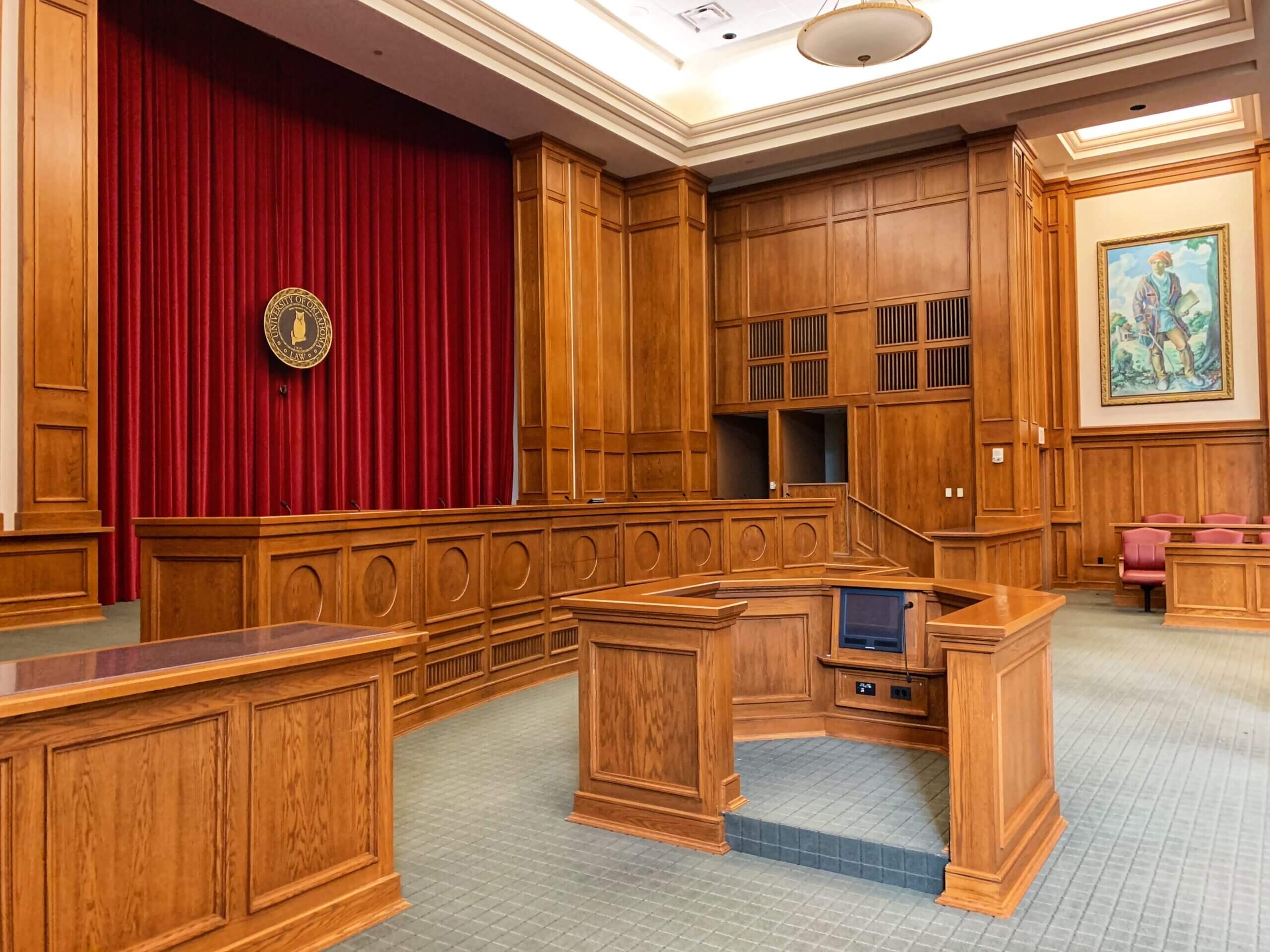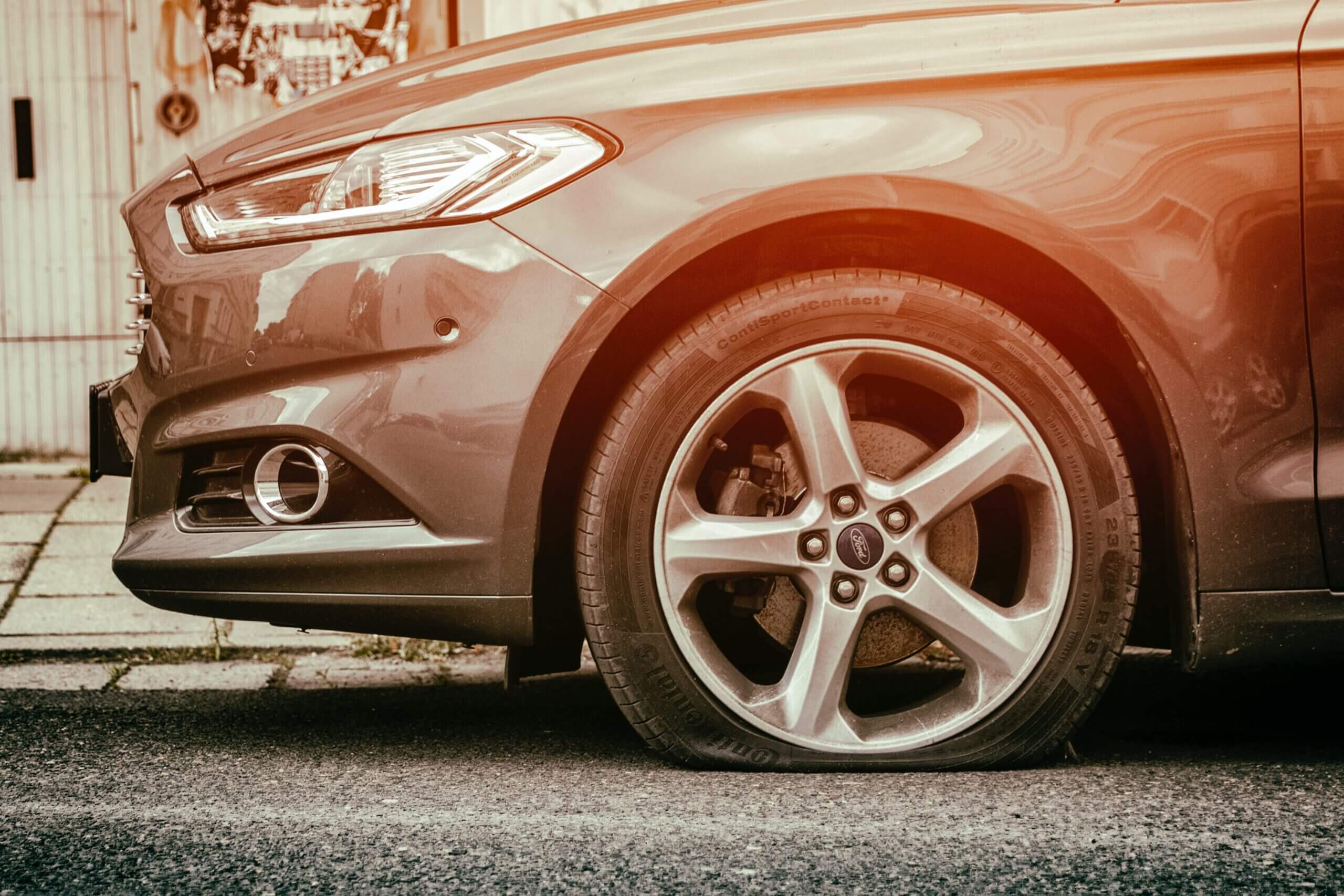Evidence in a Maryland Car Accident
Evidence in a Maryland car accident is critical to the success of your case. There is a reason why our second piece of advice for after a car accident in Maryland is to collect evidence. Of course, our first advice is to ensure your safety. Make sure you are safe. Everything else can wait. However, once you are safe, collect evidence. Unless you are unsure what evidence to collect, you should gather proof even before contacting a Maryland car accident attorney. If you are still determining what evidence to gather, we discuss the types of evidence in a car accident and the vital documentation related to the accident below. Navigating the aftermath of a Maryland collision is tricky.
While liability may be relatively straightforward, such as if you are rear ended, the reality is you are going up against seasoned insurers who will do everything in their power not to pay you for your injuries. As you will soon discover, some types of evidence are more convincing to a jury. Although technically, a jury has the right to hang on witness testimony, for example, just as much as video evidence. Further, circumstantial evidence is just as valid as direct evidence. However, some trends show video evidence is more compelling to a jury than other types. Moreover, some evidence, such as documentation, benefits your case even without being admissible at trial.
If you are injured in a collision, contact our office to discuss evidence in a Maryland car accident.
Types of Evidence in Car Accidents
The evidence in a Maryland car accident case neatly fits into several categories. Some of those categories are listed below.
Photographic and Video Evidence
This is some of the most compelling evidence in a Maryland car accident. There is a saying that seeing is believing. While the jury was not there to witness the event, photographic and video evidence may make a jury feel like they have the next best thing. This is typically more convincing to a jury than witness testimony of someone who was there. While you would think they would have the best idea of what transpired and have no bias, a defense team has many tools to undermine an eyewitness’s credibility. They may question their vision, memory, biases, intoxication on that day, or any other things that would call the witness’ credibility into question. Photographic and video evidence may capture the scene of the accident. This may come from the plaintiff, the defendant, or a dash camera from any involved vehicles.
Crucially, photo evidence can also show the property damage to the cars in the accident. This is critical for two reasons. First, it can help establish liability. For example, suppose you have damage to the rear of your vehicle and the adverse driver has symmetrical damage to the front of his car. In that case, we can establish the physical damage and how the accident occurred via photo evidence. Remember, while it may seem obvious to you that a rear-end collision means the defendant is liable, we still have the burden of proof to prove negligence as the plaintiffs. Second, it can show a jury how significant your collision was. For example, if a jury only sees a few scratches on the cars, it may not place as much value on the injuries. Meanwhile, if all the cars are totaled, your injuries may have inherently more value.
Physical Evidence
Physical evidence refers to any tangible items that can be presented at trial. For a Maryland car accident, this may include mirrors, bumpers, or headlights. It can also include skid marks or physical debris. Any marks on the road or surrounding infrastructure, like guardrails or poles, can also provide insights into the accident’s dynamics.
Electronic Evidence

Electronic evidence is critical evidence in a Maryland car accident. This may include dashcam footage. Dash camera footage also qualifies as video evidence. The one downside to dashcam footage is that it only shows one vantage point. In our experience, they rarely show the entire accident. However, it may be enough. We have had accidents where liability is in question. In one particular accident, the dashcam footage could have been more grainy and at a better angle to capture the accident, as the footage we retrieved was from a truck not even in the accident. However, it showed us just enough of the license plate on the negligent car to show which car cut in front of which. Based on that grainy screenshot, we were able to win the case and recover damages for our client.
Our resourcefulness in recovering this electronic evidence was critical to prevailing. Otherwise, we were going against an unbiased eyewitness who would have told the jury that our client was at fault and would have lost out on a massive recovery.
Documentation Related to the Accident
Documents related to the accident are not always admissible evidence in a Maryland car accident. On the other hand, some are the most crucial in proving critical elements of your case. We discuss both scenarios below.
Police Reports
By itself, a police report is inadmissible hearsay. The opinion of a police officer who did not witness the accident is inadmissible unless he is testifying as to what someone else said at the scene. Even then, there are hearsay exceptions that the statement must fall under. Police reports are most useful in car accident cases when negotiating settlement. While they do not hold weight at trial, it is easy enough for an insurance provider to rely on a police officer’s investigation without conducting an investigation themselves. Remember, insurers are about making money. They see little benefit to investing their resources into investigating when the police do it for free.
Medical Records
Medical records establish your damages. Note that we must prove each element of negligence. The fourth element of negligence is damages. Your injuries are a type of damage that you suffer. But we cannot merely have a car accident victim testify that they are injured on the stand. Instead, if a client breaks a bone, we want to show that this has been concluded by a doctor who has examined your injuries. Your medical records also explain why you were charged what you were charged. You are entitled to medical expenses for treatment causally related to your car accident. However, this must be proven.
We may also need your treating physician to testify at trial to establish certain elements. The defense team may counter this by hiring expert witnesses.
Witness Statements
This may come as a surprise, but witness statements are only sometimes admissible. The court generally prefers live, in-person testimony instead of recorded statements. However, several exceptions allow for previously recorded witness statements.
Contact our Office
Our attorneys have been handling evidence in Maryland car accidents for 70 years. If you have any questions regarding the viability of your case, call our office today. We offer free consultations at (202) 331-7227.

Evidence in a Maryland car accident is critical to the success of your case. There is a reason why our second piece of advice for after a car accident in Maryland is to collect evidence. Of course, our first advice is to ensure your safety. Make sure you are safe. Everything else can wait. However, once you are safe, collect evidence. Unless you are unsure what evidence to collect, you should gather proof even before contacting a Maryland car accident attorney. If you are still determining what evidence to gather, we discuss the types of evidence in a car accident and the vital documentation related to the accident below. Navigating the aftermath of a Maryland collision is tricky.
While liability may be relatively straightforward, such as if you are rear ended, the reality is you are going up against seasoned insurers who will do everything in their power not to pay you for your injuries. As you will soon discover, some types of evidence are more convincing to a jury. Although technically, a jury has the right to hang on witness testimony, for example, just as much as video evidence. Further, circumstantial evidence is just as valid as direct evidence. However, some trends show video evidence is more compelling to a jury than other types. Moreover, some evidence, such as documentation, benefits your case even without being admissible at trial.
If you are injured in a collision, contact our office to discuss evidence in a Maryland car accident.
Types of Evidence in Car Accidents
The evidence in a Maryland car accident case neatly fits into several categories. Some of those categories are listed below.
Photographic and Video Evidence
This is some of the most compelling evidence in a Maryland car accident. There is a saying that seeing is believing. While the jury was not there to witness the event, photographic and video evidence may make a jury feel like they have the next best thing. This is typically more convincing to a jury than witness testimony of someone who was there. While you would think they would have the best idea of what transpired and have no bias, a defense team has many tools to undermine an eyewitness’s credibility. They may question their vision, memory, biases, intoxication on that day, or any other things that would call the witness’ credibility into question. Photographic and video evidence may capture the scene of the accident. This may come from the plaintiff, the defendant, or a dash camera from any involved vehicles.
Crucially, photo evidence can also show the property damage to the cars in the accident. This is critical for two reasons. First, it can help establish liability. For example, suppose you have damage to the rear of your vehicle and the adverse driver has symmetrical damage to the front of his car. In that case, we can establish the physical damage and how the accident occurred via photo evidence. Remember, while it may seem obvious to you that a rear-end collision means the defendant is liable, we still have the burden of proof to prove negligence as the plaintiffs. Second, it can show a jury how significant your collision was. For example, if a jury only sees a few scratches on the cars, it may not place as much value on the injuries. Meanwhile, if all the cars are totaled, your injuries may have inherently more value.
Physical Evidence
Physical evidence refers to any tangible items that can be presented at trial. For a Maryland car accident, this may include mirrors, bumpers, or headlights. It can also include skid marks or physical debris. Any marks on the road or surrounding infrastructure, like guardrails or poles, can also provide insights into the accident’s dynamics.
Electronic Evidence

Electronic evidence is critical evidence in a Maryland car accident. This may include dashcam footage. Dash camera footage also qualifies as video evidence. The one downside to dashcam footage is that it only shows one vantage point. In our experience, they rarely show the entire accident. However, it may be enough. We have had accidents where liability is in question. In one particular accident, the dashcam footage could have been more grainy and at a better angle to capture the accident, as the footage we retrieved was from a truck not even in the accident. However, it showed us just enough of the license plate on the negligent car to show which car cut in front of which. Based on that grainy screenshot, we were able to win the case and recover damages for our client.
Our resourcefulness in recovering this electronic evidence was critical to prevailing. Otherwise, we were going against an unbiased eyewitness who would have told the jury that our client was at fault and would have lost out on a massive recovery.
Documentation Related to the Accident
Documents related to the accident are not always admissible evidence in a Maryland car accident. On the other hand, some are the most crucial in proving critical elements of your case. We discuss both scenarios below.
Police Reports
By itself, a police report is inadmissible hearsay. The opinion of a police officer who did not witness the accident is inadmissible unless he is testifying as to what someone else said at the scene. Even then, there are hearsay exceptions that the statement must fall under. Police reports are most useful in car accident cases when negotiating settlement. While they do not hold weight at trial, it is easy enough for an insurance provider to rely on a police officer’s investigation without conducting an investigation themselves. Remember, insurers are about making money. They see little benefit to investing their resources into investigating when the police do it for free.
Medical Records
Medical records establish your damages. Note that we must prove each element of negligence. The fourth element of negligence is damages. Your injuries are a type of damage that you suffer. But we cannot merely have a car accident victim testify that they are injured on the stand. Instead, if a client breaks a bone, we want to show that this has been concluded by a doctor who has examined your injuries. Your medical records also explain why you were charged what you were charged. You are entitled to medical expenses for treatment causally related to your car accident. However, this must be proven.
We may also need your treating physician to testify at trial to establish certain elements. The defense team may counter this by hiring expert witnesses.
Witness Statements
This may come as a surprise, but witness statements are only sometimes admissible. The court generally prefers live, in-person testimony instead of recorded statements. However, several exceptions allow for previously recorded witness statements.
Contact our Office
Our attorneys have been handling evidence in Maryland car accidents for 70 years. If you have any questions regarding the viability of your case, call our office today. We offer free consultations at (202) 331-7227.

Reviewed by: Roger K. Gelb, Esq. | Managing Partner | 10,000 Clients | 34 Years of Experience
 N/a
N/a














